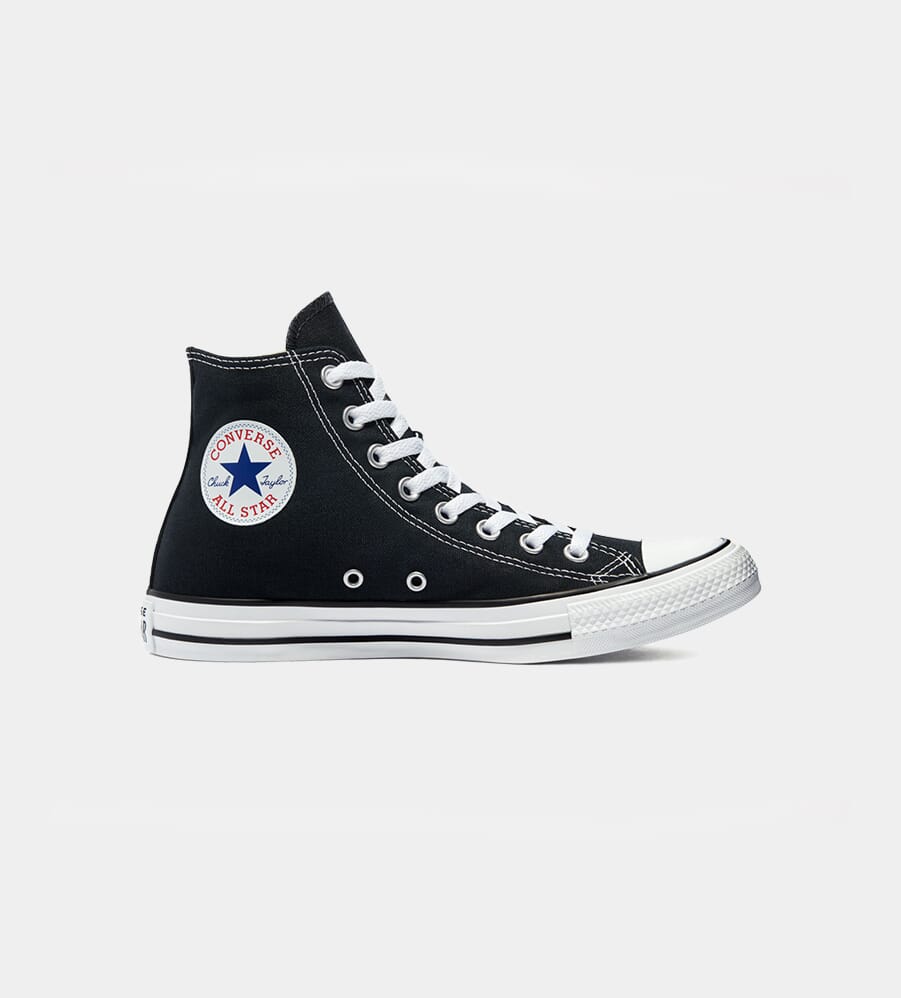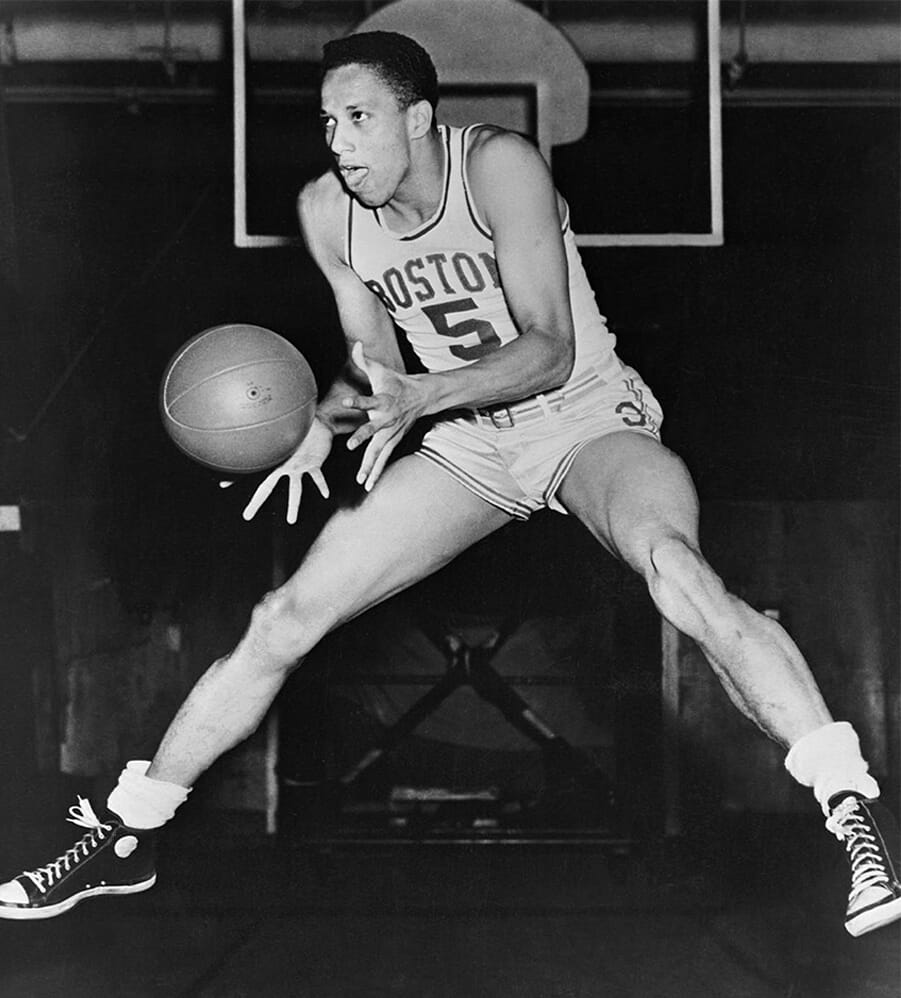100 years since its inception, Converse's Chuck Taylor All-Star endures as a sneaker icon, beloved by everyone from sports stars to supermodels. You most likely have a pair or two currently on rotation, but how well do you know the All Star story? Read on for a brief history of one of the most famous shoes in footwear history.



History of the Converse Chuck Taylor All Star
The Converse Rubber Company was founded in 1908 by Marquis Mills Converse in Malden, Massachusetts. It initially specialised in winterised rubber-soled footwear but as the American appetite for basketball — a relatively new sport at the time — increased, it wasn't long before Converse began its fateful foray into basketball shoes.
The Converse All Star was introduced in 1917 under the name "Non Skids". The high-top silhouette was composed of a rubber sole and canvas upper, with a cushioned insole, arch and heel support as well as its now-iconic diamond tread pattern, designed for increased traction.



It wasn't until a few years later that the All Star became the Chuck Taylor All Star, when a basketball player by the name of Chuck Taylor joined Converse as a salesman. Having experienced first-hand the issues with basketball footwear at the time, Taylor was brimming with ideas for how to improve them. Within a year of his arrival at the company, Converse had taken his advice on board and restyled the shoe to enhance its flexibility and ankle support. And so, in 1922, the world's first celebrity-endorsed athletic shoe — the Converse Chuck Taylor All Star — was born.
In the following years, Taylor travelled around the US promoting the shoe and leading basketball clinics to increase participation in the sport. By the 1930s, the Chuck Taylor All Star had become cemented as a firm favourite amongst professional and college basketball players. Taylor had become so synonymous with the sport that his signature was stamped onto the All Star's circular ankle patch in 1932,




A momentous occasion came in 1936, when Converse All Stars were adopted as the official shoes of the Olympics. This saw the design of the iconic white model with patriotic red and blue accents, a colourway that remains Converse's most beloved to this day.
As sportswear technology developed over the years and other brands infiltrated the market, Chuck Taylor All Stars became less represented on the court. Instead, they garnered a whole new significance outside the realm of basketball, becoming more of a casual lifestyle shoe. As a low-top silhouette and coloured canvas were introduced in the '70s, All Stars became a symbol of self-expression and were sported by everyone from skateboarders to students. Even icons the likes of Andy Warhol and Kurt Cobain were noted fans of the shoe.
These days, the Chuck Taylor All Star has become a veritable style staple within just about every sub-culture. The style may have evolved somewhat over the years, but the shoe's iconic lines and basic DNA remain unchanged. That's what gives the Converse Chuck Taylor All Star its timeless appeal – it's more than just a sneaker, it's rooted in history and emotion and culture. Trends may come and go, but the Chuck Taylor is forever.
Now, get the backstory on another sports shoe-turned-fashion icon – the Stan Smith.






